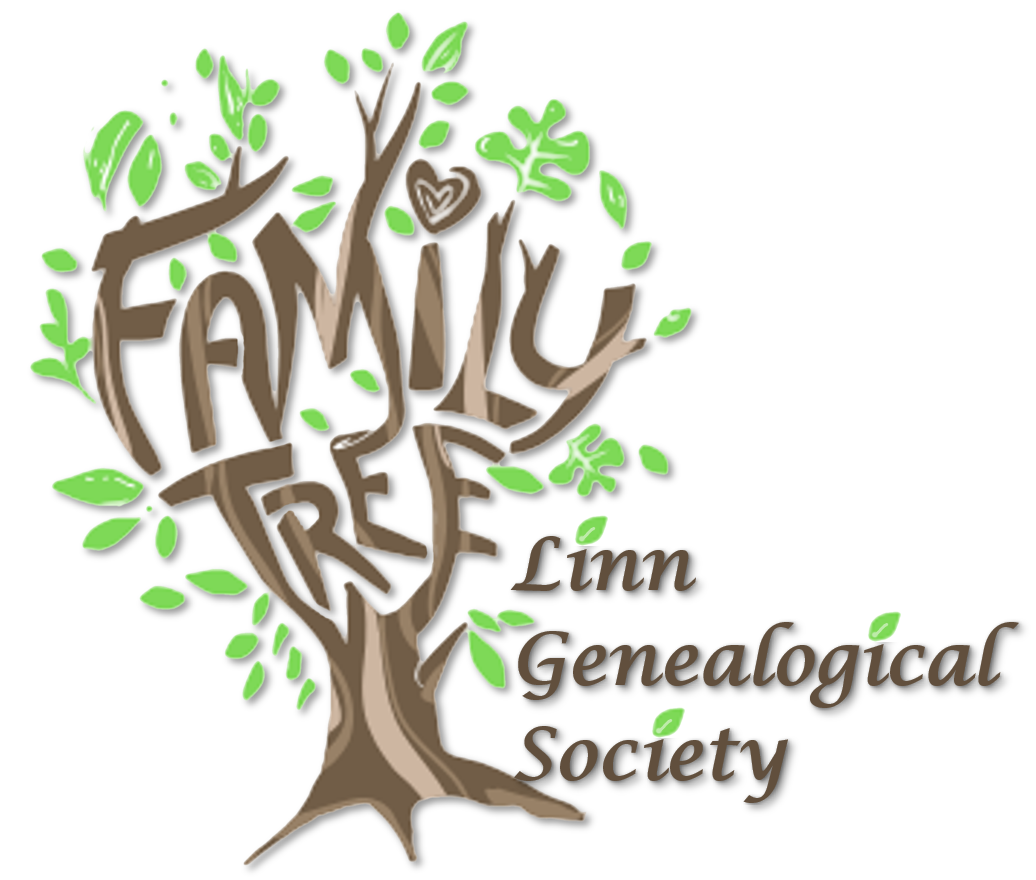Bible Records: Part Two
Evaluating Bible Records
There are some points to consider when evaluating bible records. For instance, does the handwriting seem uniform and was the same pen/ink used for all the entries. If this is the case, the entries may have all been written at the same time, not when the events occurred. Be on the lookout for erasures, cross-outs, and changes in the information as this may indicate information may not be accurate. Of importance to consider as well, is the “chronological order “of the entries. If the entries are out of order, then they were not written when the event occurred and may be based on memory.
There are some downsides to bible records. These records are hearsay unless the person who possesses the bible witnessed the events recorded. There is no way of knowing if all family members were included in the bible registry. Published bible records may contain transcription mistakes. The upside is that the person who made the entries probably had personal knowledge of family members and life events. Notarized copies of bible records would be an accurate representation of the information presented in the bible, though it should be said that does not make the information itself accurate. Intentional fraud or misrepresentation of information is possible, but not very likely.
1. Noel C. Stevenson, Genealogical Evidence, rev. ed. (Laguna Hills, California: Aegean Park Press, 1989), 164
2. Ibid.
3. Ibid.
4. Ibid., 167.
5. Ibid., 168.
6. Ibid., 168.
7. Ibid., 166.
8. Ibid., 167.
9. Ibid., 167.

